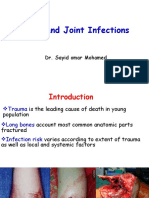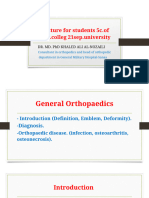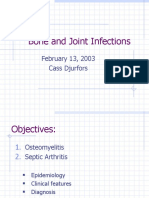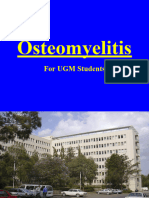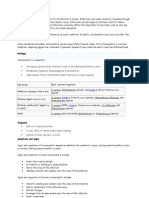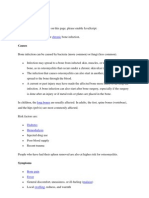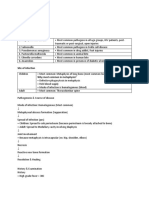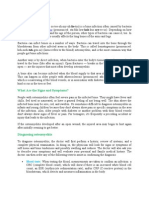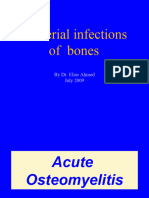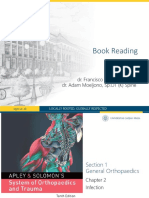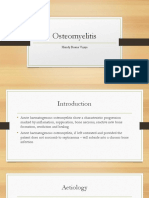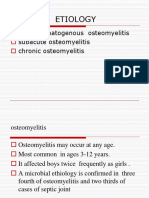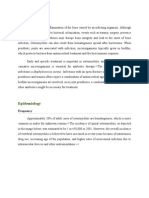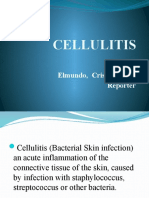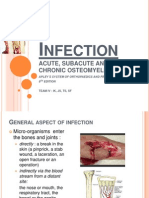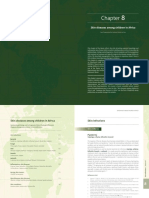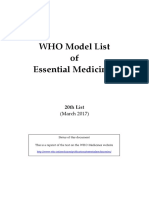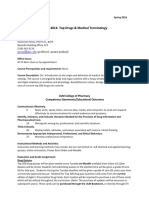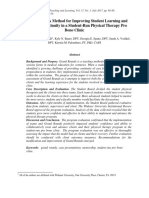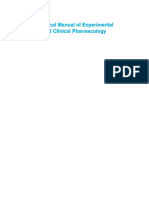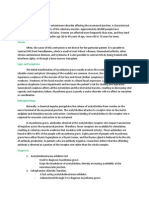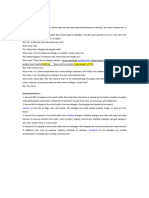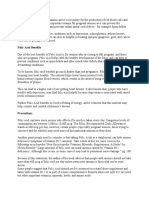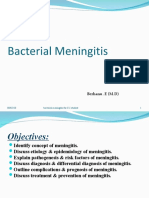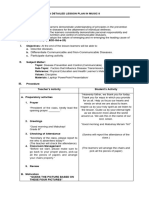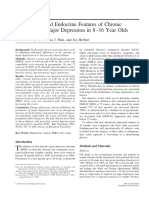0% found this document useful (0 votes)
77 views83 pagesFracture
- The document discusses various orthopaedic conditions including fractures, osteomyelitis, septic arthritis, and cellulitis.
- It provides definitions, classifications, signs and symptoms, investigations, and management approaches for each condition.
- Common fractures are described using the OLDCIDS mnemonic and principles of fracture management include splinting, casting, and knowing when to refer for more serious injuries or displaced fractures.
Uploaded by
Oheneba Kwadjo Afari DebraCopyright
© © All Rights Reserved
We take content rights seriously. If you suspect this is your content, claim it here.
Available Formats
Download as PDF, TXT or read online on Scribd
0% found this document useful (0 votes)
77 views83 pagesFracture
- The document discusses various orthopaedic conditions including fractures, osteomyelitis, septic arthritis, and cellulitis.
- It provides definitions, classifications, signs and symptoms, investigations, and management approaches for each condition.
- Common fractures are described using the OLDCIDS mnemonic and principles of fracture management include splinting, casting, and knowing when to refer for more serious injuries or displaced fractures.
Uploaded by
Oheneba Kwadjo Afari DebraCopyright
© © All Rights Reserved
We take content rights seriously. If you suspect this is your content, claim it here.
Available Formats
Download as PDF, TXT or read online on Scribd
/ 83
